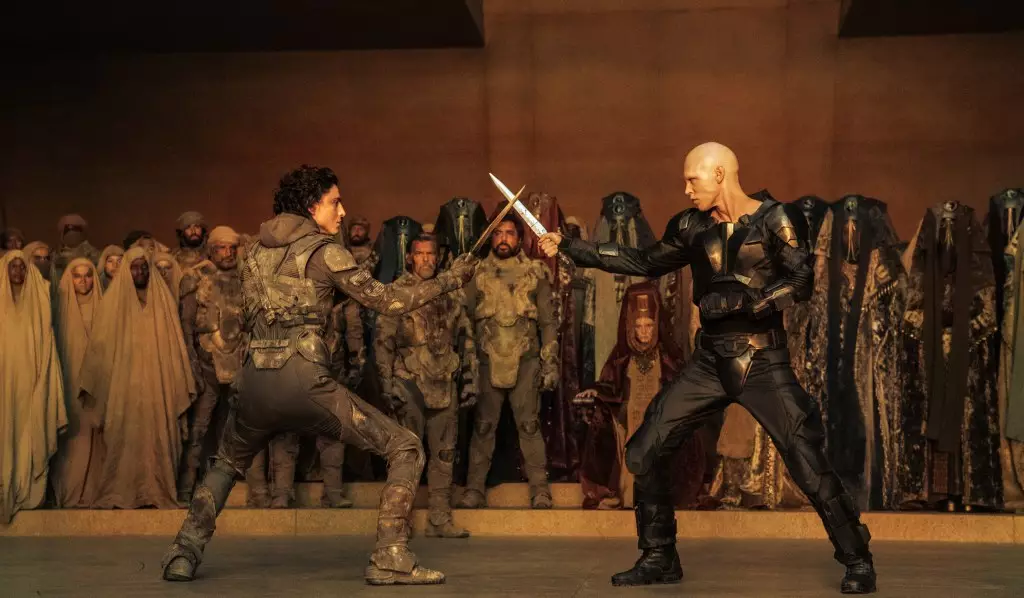In the current landscape of cinema, sequels dominate the film industry with at least 10 continuations awaiting release. This phenomenon presents a unique challenge to film enthusiasts, as each sequel comes with its own intricacies, backstory, and idiosyncratic characters. From Dune: Part Two to the fifth installment of Ghostbusters, audiences are expected to grasp new codes and narratives to fully immerse themselves in these cinematic offerings.
Even beyond the realm of entertainment, we witness the unfolding of sequels in the form of ongoing trials and litigations involving figures like Donald Trump. Each scheduled court performance mirrors a familiar plot turn, akin to the structure of a film sequel. Just like revisiting familiar movie franchises, audiences are drawn into these legal dramas, anticipating the next twist or revelation in a never-ending series of high-stakes events.
While sequels offer a sense of comfort and nostalgia to viewers, they also raise concerns about the industry’s reliance on recycled ideas. Emerging talent is increasingly drawn towards revisiting old concepts rather than exploring new, innovative intellectual property. The allure of capitalizing on established brands often overshadows the risks and challenges associated with creating original content, leading to a cycle of repetition in storytelling.
Many successful projects that we now consider classics faced years of rejection and struggle before finally finding their footing in the industry. Iconic films like “Amadeus” and “One Flew Over the Cuckoo’s Nest” were once ambitious ideas that required perseverance and dedication to see the light of day. The journey from conception to realization is a testament to the enduring power of creative vision and storytelling.
As we navigate through a landscape dominated by sequels and reboots, it is essential to reflect on the balance between honoring the past and embracing the future of filmmaking. While sequels offer a sense of continuity and familiarity, they also pose a challenge to creators to push the boundaries of storytelling and innovation. As we await the next wave of sequels and reimaginings, the true test lies in our ability to reinvent the wheel and break free from the constraints of nostalgia.

